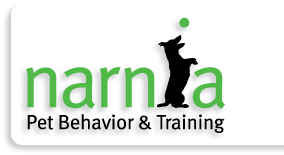

Play Time: The Good, The Bad & The UglyPresented by: Pia Silvani |
||||||||||||
|
In recent years, playtime has been considered a form of therapy, a popular way to exercise your dog, and an essential part of a healthy dog's education and routine. Daycare programs and dog parks are common, exposing dogs to a variety of playmates. Puppies are playing in class and dogs go on play dates, but is playtime all it is cracked up to be or are there hidden risks and dangers? So what is play and how is it communicated? Dogs communicate by giving very clear signals- a desire to play, to continue to play, and to stop play. Most signals are done through visual cues, but we can't ignore olfactory, tactile and auditory cues. Why do some dogs seem to play so well, while others appear to be frightened by an invitation to play or, sadly, have not had an opportunity to play and the interaction with another dog is quite frightening? We will look into why dogs play and the benefits and risks from early puppyhood through adults. Are play and aggression closely related? Some dogs enjoy social play, while others enjoy object play. Where does dominance come into "play"? Or, does it? We'll take a look at some popular theories and common myths as well as developing some rules for owners to follow when playing with their dogs or permitting their dogs to play with other canine friends. Through videos, we will look at a variety of play situations and evaluate what play is healthy and when it is potentially harmful. We will go over the early warning signs from puppyhood, as well as give you ideas on what to look for when evaluating shelter dogs or selecting playmates in your puppy classes or when attempting to find friends for your best friend. |

|
|||||||||||









